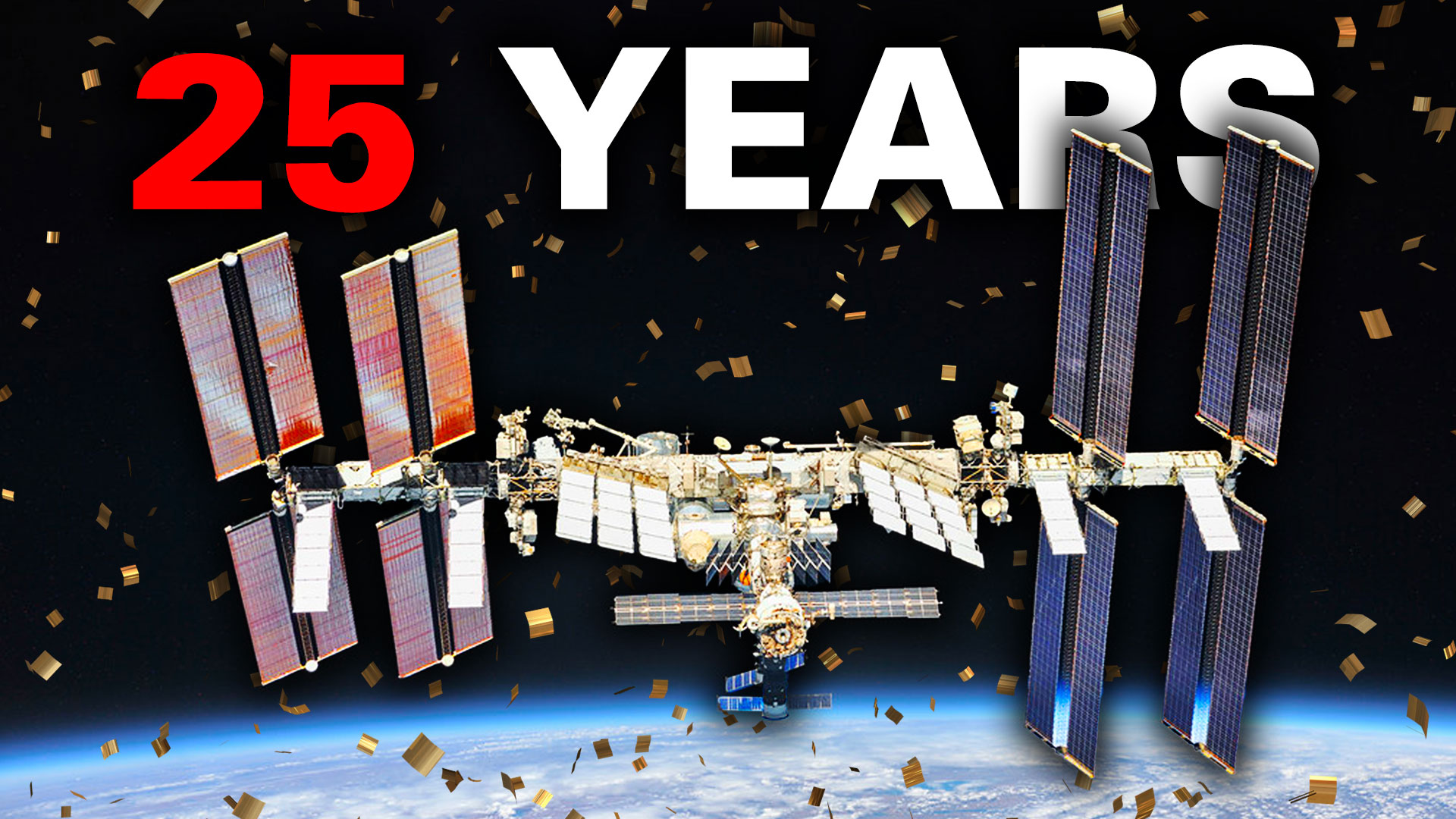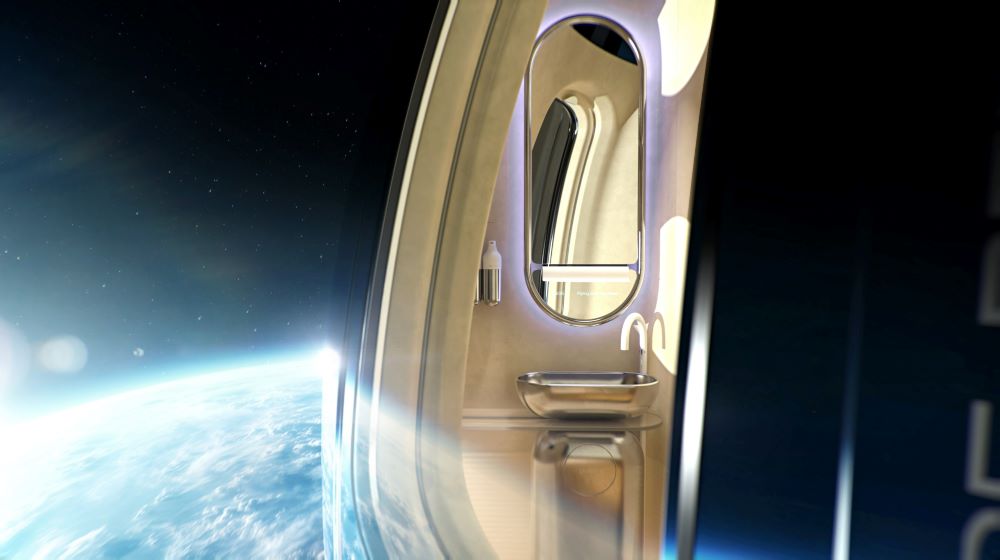Long term space exploration comes with many challenges. Not least is how much toilet paper to take but more worryingly is the impact on human physiology. We have not evolved in a weightless environment, we are not used to floating around for months on end nor are we able to cope with increased levels of radiation. It is likely that organs like the kidneys will become damaged but it make take time for signs to appear. Researchers are developing ways to detect organ issues in the early stages and develop ways to protect them during long duration flights.
Continue reading “An Astronaut Might Need Kidney Dialysis on the Way Home from Mars”Should We Send Humans to Mars?

Universe Today has explored the potential for sending humans to Europa, Venus, Titan, and Pluto, all of which possess environmental conditions that are far too harsh for humans to survive. The insight gained from planetary scientists resulted in some informative discussions, and traveling to some of these far-off worlds might be possible, someday. In the final installment of this series, we will explore the potential for sending humans to a destination that has been the focus of scientific exploration and science folklore for more than 100 years: Mars aka the Red Planet.
Continue reading “Should We Send Humans to Mars?”Should We Send Humans to Pluto?
Universe Today has examined the potential for sending humans to Jupiter’s icy moon, Europa, the planet Venus, and Saturn’s largest moon, Titan, all despite their respective harsh environments and vast distances. These conversations with planetary science experts determined that humans traveling to these worlds in the foreseeable future could be possible, despite the harsh conditions and travel time, specifically to Titan.
Continue reading “Should We Send Humans to Pluto?”NASA Astronauts are Trying Out the Starship Lunar Elevator
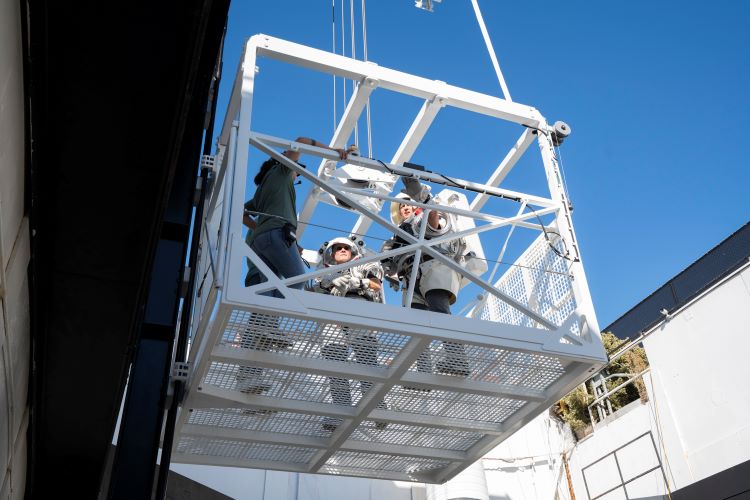
As NASA continues to ramp up efforts for its Artemis program, which has the goal of landing the first woman and person of color on the lunar surface, two NASA astronauts recently conducted training with a replica of SpaceX’s Starship human landing system (HLS), albeit on a much smaller scale. Given that Starship is 50 meters (160 feet) tall, and the crew quarters are located near the top of Starship, the HLS will need an elevator with a basket to transport crew and supplies from the crew quarters down to the surface. The purpose of this training is to familiarize astronauts with all aspects of this system, including elevator and gate controls and latches, along with how the astronauts perform these tasks in their bulky astronaut suits, which both astronauts wore during the training.
Continue reading “NASA Astronauts are Trying Out the Starship Lunar Elevator”The International Space Station Celebrates 25 Years in Space
NASA recently celebrated the 25th anniversary of the International Space Station (ISS) with a space-to-Earth call between the 7-person Expedition 70 crew and outgoing NASA Associate Administrator, Bob Cabana, and ISS Program Manager, Joel Montalbano. On December 6, 1998, the U.S.-built Unity module and the Russian-built Zarya module were mated in the Space Shuttle Endeavour cargo bay, as Endeavour was responsible for launching Unity into orbit that same day, with Zarya having waited in orbit after being launched on November 20 from Kazakhstan.
Continue reading “The International Space Station Celebrates 25 Years in Space”Astronauts Could Wear a Device to Prevent Disorientation in Space

A recent study published in Frontiers in Physiology examines how vibrating wearable devices, known as vibrotactors, can be used to help astronauts cope with spatial disorientation when in space, which results from the lack of gravitational cues, or natural sensory perceptions, they are accustomed to using when on Earth and despite the rigorous training the astronauts undergo to combat the symptoms of spatial disorientation. This study was conducted by a team of researchers at Brandeis University and holds the potential to help develop more efficient methods to combat spatial disorientation, especially with long-term missions to the Moon, and even Mars.
Continue reading “Astronauts Could Wear a Device to Prevent Disorientation in Space”Sit on the Toilet while you Gaze at the Earth from the Edge of Space
You’re an excited, spacefaring passenger strolling about a pressurized cabin approximately 30 kilometers (20 miles) above the Earth. Your trip is scheduled for six hours, and you’ve already consumed the world-class food and drinks to complement this awesome view from Spaceship Neptune, which is provided by Space Perspective, the World’s First Carbon-Neutral Spaceflight Experience Company. But now you’re three hours into your trip and you have to go to the bathroom. Don’t worry, that’s where the Space Spa comes in, which was recently unveiled as one of the many features offered by Space Perspective as part of its spaceflight experience. An important aspect is paying customers, which Space Perspective refers to as Explorers, will be able to catch the great view even while taking a break in the Space Spa, with Space Perspective posting detailed images of the Space Spa to its official X page.
Continue reading “Sit on the Toilet while you Gaze at the Earth from the Edge of Space”What’s the Bare Minimum Number of People for a Mars Habitat?
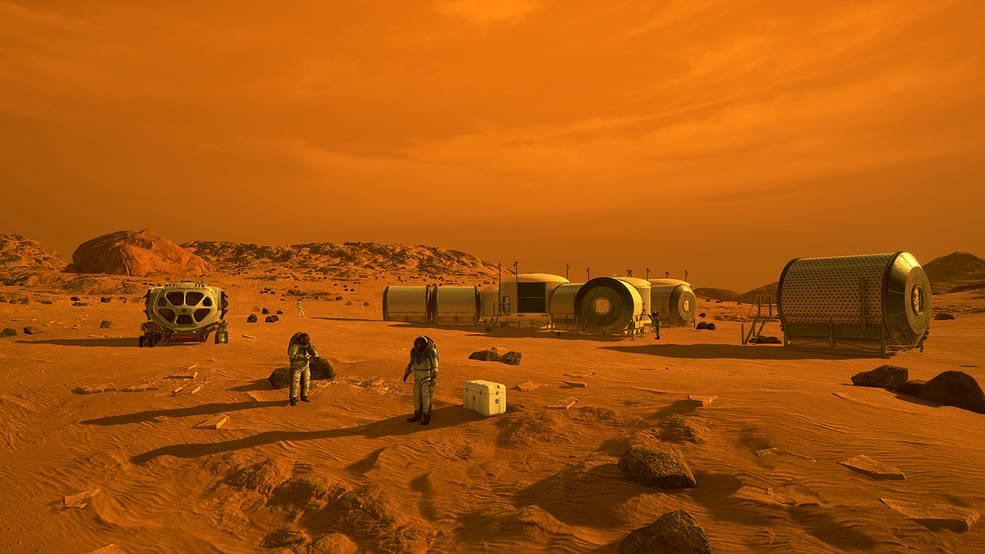
A recent preprint paper examines the minimum number of people required to maintain a feasible settlement on Mars while accounting for psychological and behavioral factors, specifically in emergency situations. This study was conducted by a team of data scientists from George Mason University and holds the potential to help researchers better understand the appropriate conditions for a successful long-term Mars settlement, specifically pertaining to how those settlers will get along during all situations. But why is it important to better understand the psychological factors pertaining for a potential future Mars colony?
Continue reading “What’s the Bare Minimum Number of People for a Mars Habitat?”The Private Axiom-2 Mission is Almost Ready to Fly to the International Space Station
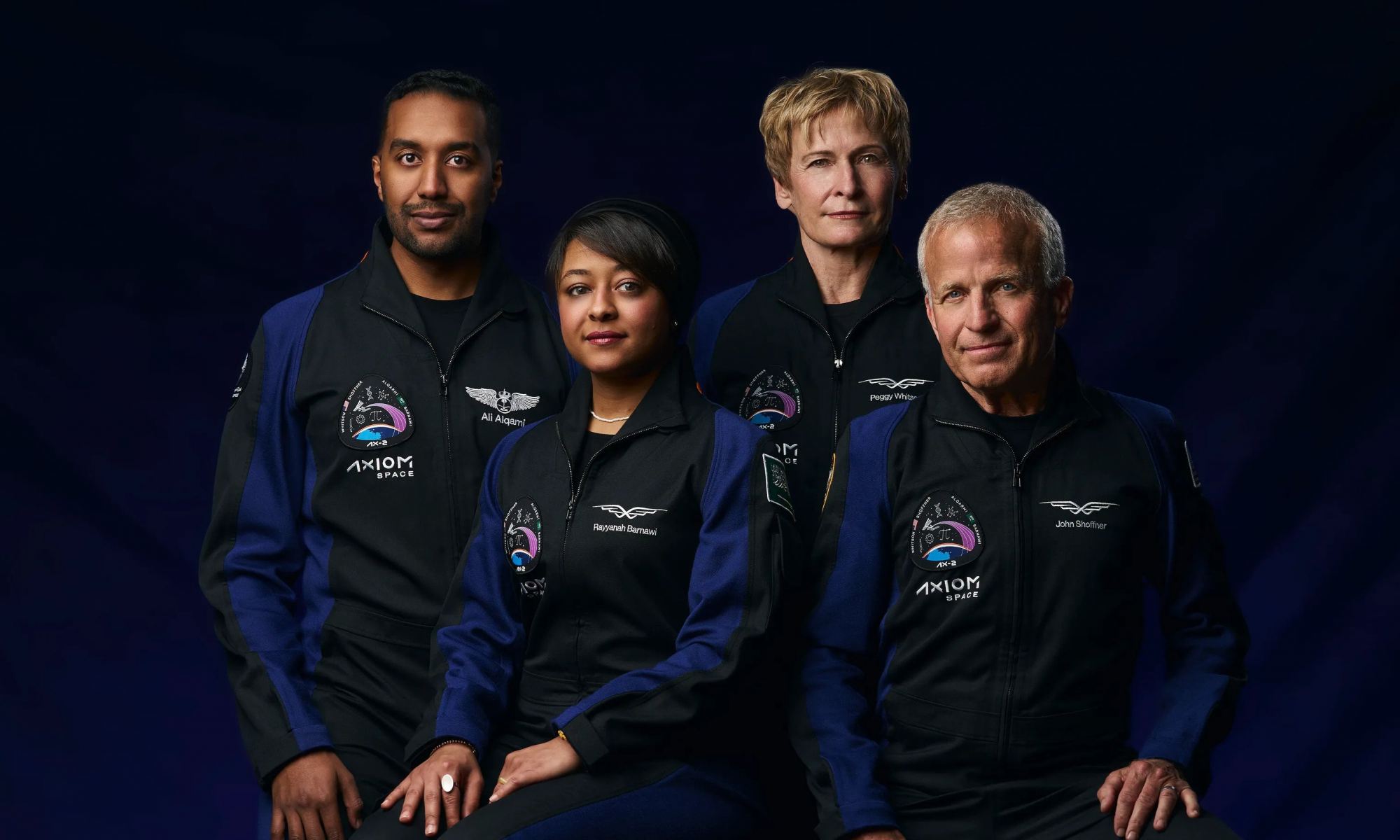
SpaceX’s second private astronaut mission to the International Space Station (ISS), Axiom-2 aka Ax-2, which is sponsored Axiom Space, received a “go” for launch from NASA on May 15 followed by a stamp of approval from Mother Nature on May 19, and finally a completion of the Launch Readiness Review (LRR) on May 20. Liftoff is currently scheduled for May 21 at 5:37pm EDT (2:37pm PDT) from NASA Kennedy Space Center’s historic launch complex 39A, which was the launch site for all crewed Apollo-Saturn V launches starting with Apollo 8, along with Skylab, dozens of Space Shuttle launches, and starting in 2017 with SpaceX.
Continue reading “The Private Axiom-2 Mission is Almost Ready to Fly to the International Space Station”NASA and Axiom Space Do a Partial Reveal of the Spacesuit That Will be Worn on the Moon
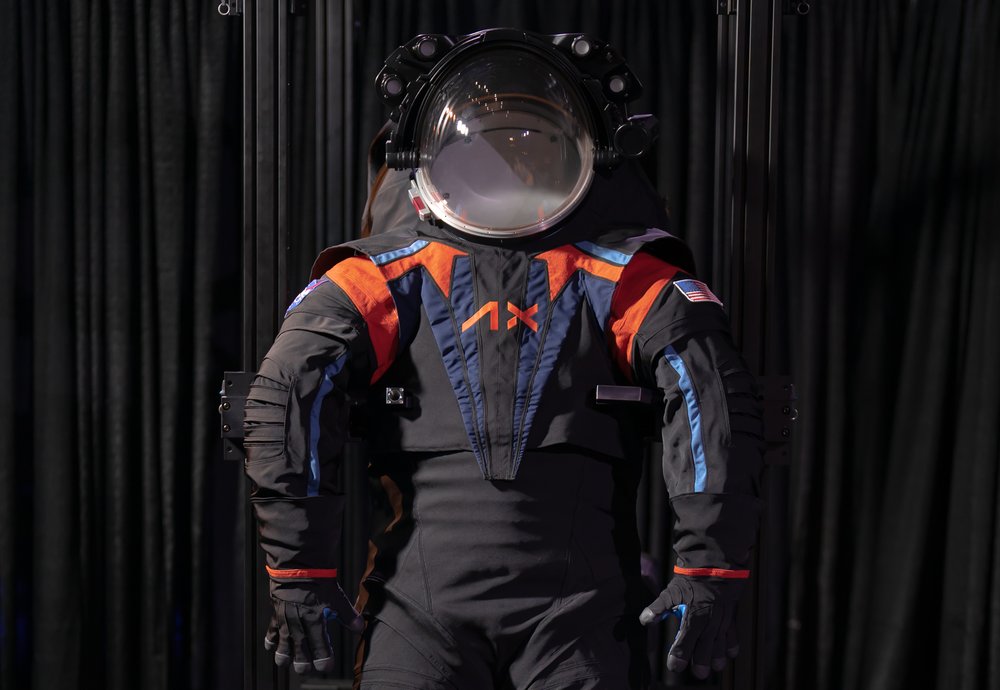
NASA and Axiom Space Inc. provided a first, limited look at the new spacesuits that will be worn by the next astronauts to land on the Moon. The Axiom Extravehicular Mobility Unit (AxEMU) spacesuit that will be worn for the Artemis missions was only partially revealed at an event at Johnson Space Center in Houston, in order not to give away any proprietary information about the suit.
“Since a spacesuit worn on the Moon must be white to reflect heat and protect astronauts from extreme high temperatures,” Axiom Space said in a press release, “a cover layer is currently being used for display purposes only to conceal the suit’s proprietary design.”
Continue reading “NASA and Axiom Space Do a Partial Reveal of the Spacesuit That Will be Worn on the Moon”


